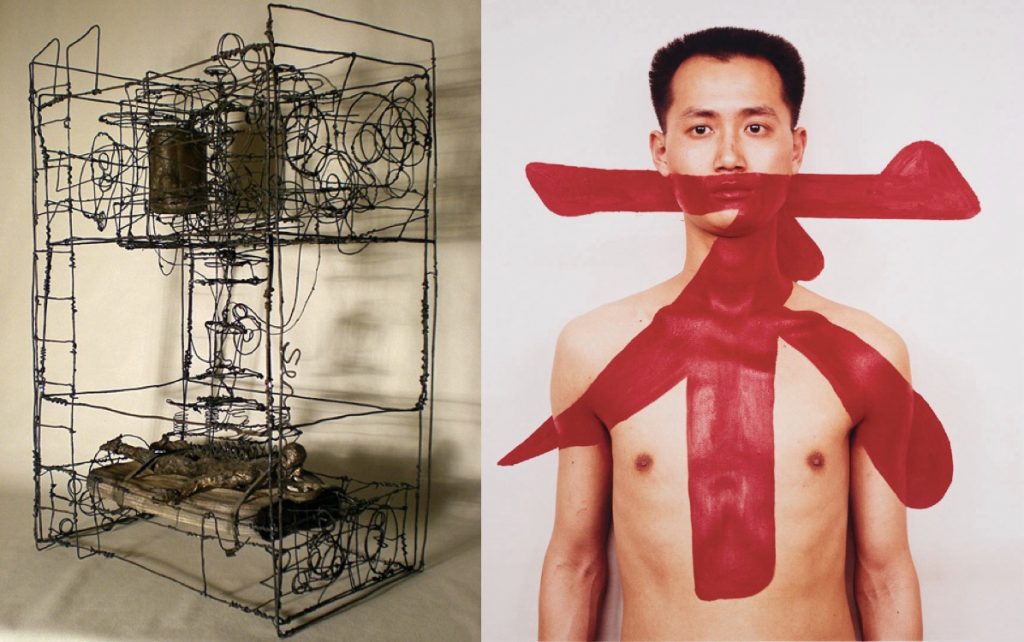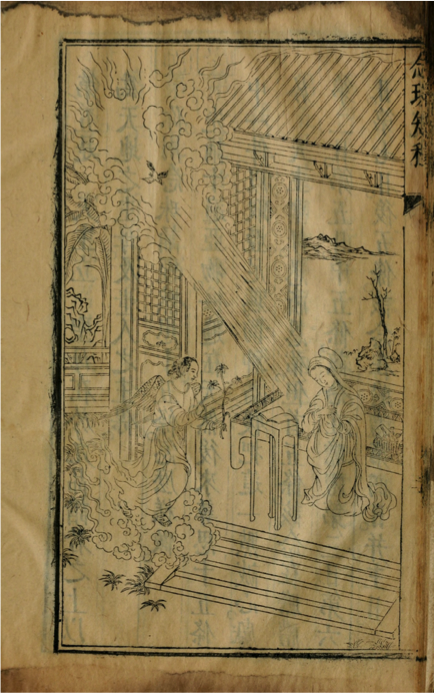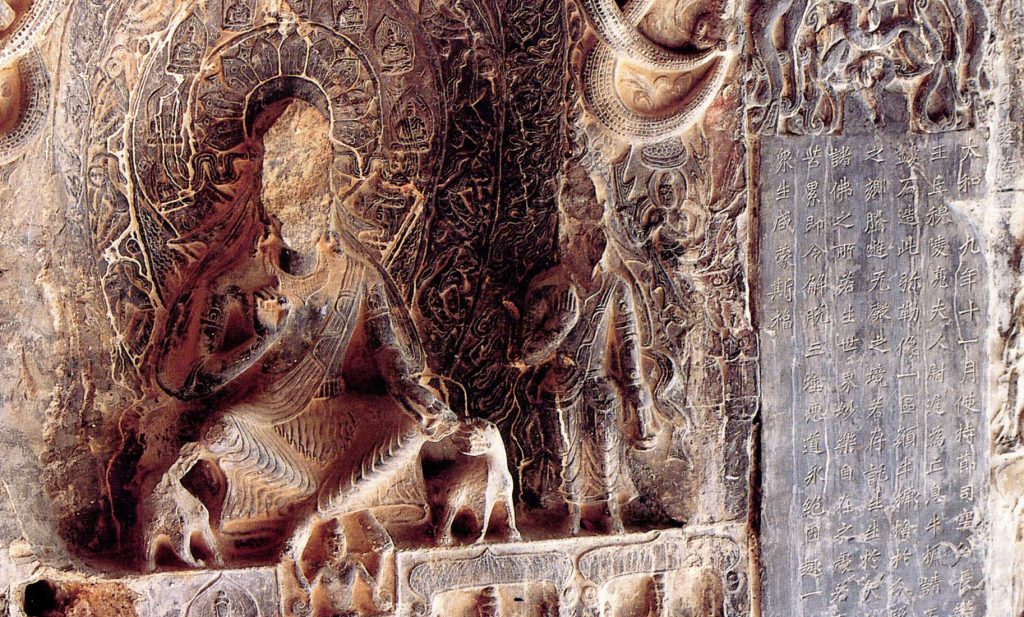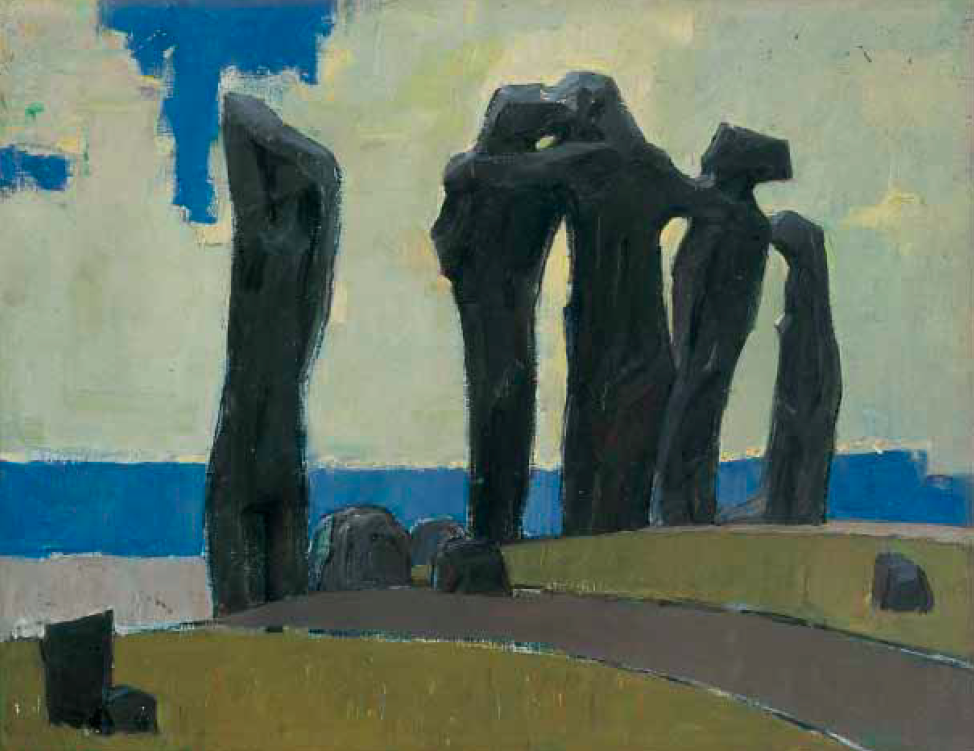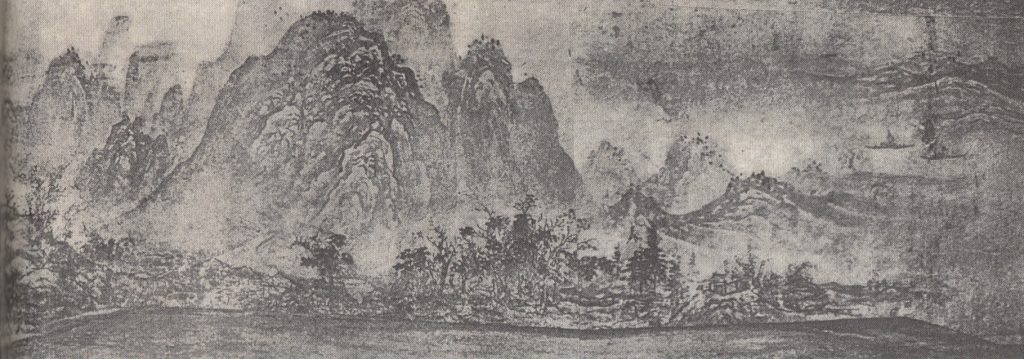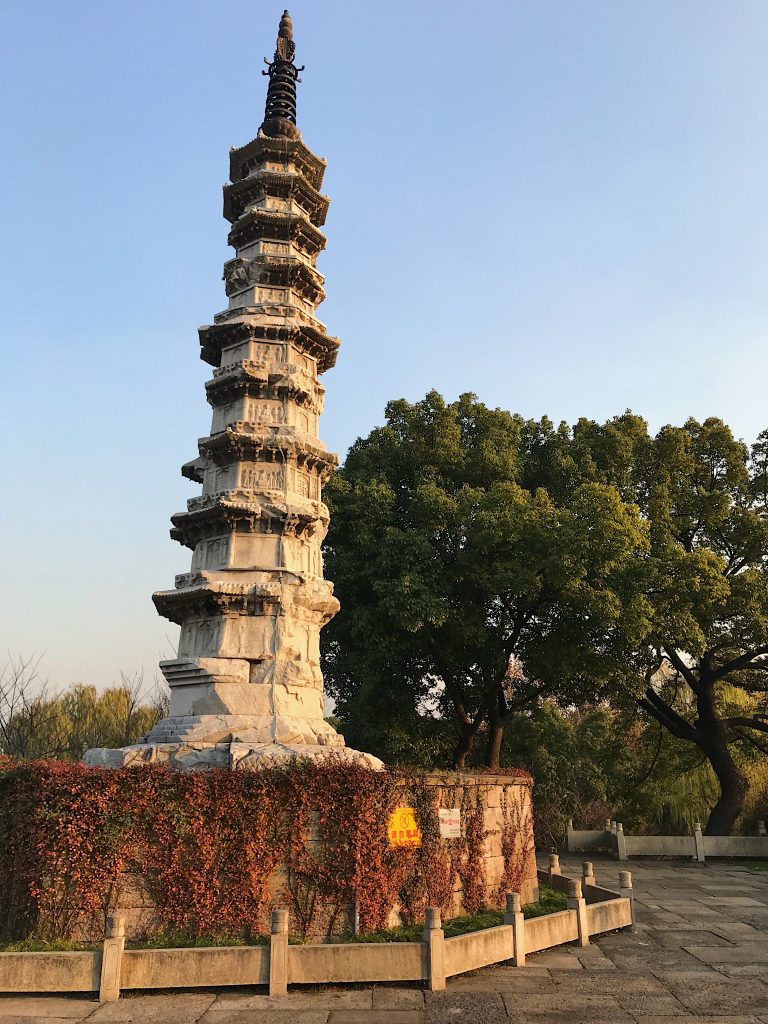Thursday, May 31, 5:00 – 7:00 pm, CWAC 156
Tourist Guide at Hand and on Display: Producing “Route Maps” of West Lake in late Imperial China
Yunfei Shao
Department of Art History, University of Chicago
This paper examines a unique type of images of West Lake (Xihu) produced for tourists during the Ming-Qing period. In this paper, I will propose that this format of depicting West Lake could function as route maps for both virtual and actual touring. Before the emergence of this type of images, West Lake was represented in two main formats: the Ten Scenes and the Map-like formats. With the tourist boom in mid-to-late Ming Dynasty and the imperial tours of Qing emperors, this new format took shape and developed into a third major prototype in representing West Lake. Several distinct features make this format stand out as a unique case in landscape painting. First, the conversion from oval-shaped lake to long horizontal handscroll presents an example of how the constantly changing perspective transforms what is seen to what is depicted; second, the positive correlation between the proportioned length of each section in the scroll to that of actual site suggest an intention to mimic real life journey; third, the starting points and destinations within these “map-like” scrolls demonstrate a curated route designed for specific groups of tourists.
Thursday, May 31, 5:00 – 7:00 pm, CWAC 156
Persons with concerns regarding accessibility please contact Nancy P. Lin (nancyplin@uchicago.edu)

